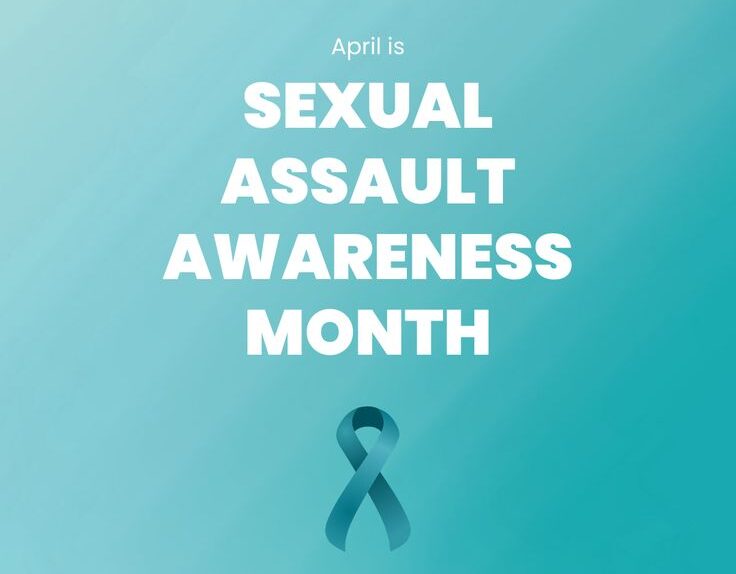Breast cancer SIMPLIFIED
Being diagnosed with breast cancer can be overwhelming and terrifying. In fact, it may initially seem like you are destined for death, but breast cancer IS NOT a death sentence


Being diagnosed with breast cancer can be overwhelming and terrifying. In fact, it may initially seem like you are destined for death, but breast cancer IS NOT a death sentence and many people have survived it. Today more people are living longer after being diagnosed with cancer than ever before.
When diagnosed with the disease, many women face fears such as fear of death, loss of body image, surgery and even loss of sexuality, and many times fear is what cripples them. The truth is that diagnosis is good news when breast cancer is caught early but even for advanced breast cancer cases, there are still many good treatment options available. Overcoming the initial shock and fear is an important step towards forging a way forward for a treatment plan for any breast cancer victim.
Who is at risk?
Anyone can get cancer and although both genders are prone to it, it is more common among women. Having a risk factor, or even several risk factors, and even lacking any risk factor DOES NOT rule out any woman from getting the disease. Therefore, the importance of having breast screening annually can’t be over-emphasised. It is estimated that between 70 to 80 per cent of breast cancer cases in Kenya are diagnosed in the late stages.According to the Ministry of Health statistics, breast cancer is the most prevalent cancer in Kenya affecting 34 out of every 100,000 women.
By virtue of being female, ALL women are prone to breast cancer and the risk increases with age. Women with a family history of the disease are at a greater risk. In addition, women from families that have multiple family members with cancer are more likely to develop breast cancer at a young age due to inherited mutations in genes.
Mutations in these genes can be passed down either through the mother’s or the father’s side of the family. It is also important to note that a woman who has already had cancer in one of her breasts has an increased risk of getting breast cancer in the other breast. Studies have shown that regular breast screening goes along way in detecting the disease early before symptoms or signs develop.
Chances of a woman developing cancer depend on both genetic and non-genetic factors. Genetic factors are hereditary and unchangeable, whereas non-genetic factors are variables in a person’s environment, which can often be changed. Non-genetic factors include diet, exercise or exposure to substances present in your surroundings. Women can reduce their risk of breast cancer by maintaining a healthy weight, drinking less alcohol, doing away with cigarette smoking and being physically active.
Don’t be ignorant…
Since breast cancer is not a respecter of age, it is advisable for women to do regular breast self-examination from an early age. Despite the benefits associated with regular breast self-examination, few women actually examine their breasts. In fact many do not even know how to do breast self-examination. Breast self-examination can be done using the following techniques:
In front of a mirror. Visually examine your breasts with your arms at your sides. Raise you arms high above your head and look out for any changes in the shape of your breast, bumps, or indentation of the skin, or change in nipples. Next, rest your palms on your hips and press firmly to flex your chest muscles. Left and right breasts will not exactly match in most women, so you should be looking for dimpling, puckering, or changes, particularly on one side.
In the shower. Using the pads of your fingers, move around your entire breast in a circular pattern moving from the outside to the centre, checking the entire breast and armpit area. Check both breasts each month feeling for any lump, thickening, or hardened knot. If you notice any changes, don’t brush it off, instead see a doctor immediately.
Lying down. The breast tissue spreads out evenly along the chest wall when lying down. Place a pillow under your right shoulder and place your right arm behind your head. Using your left hand, move the pads of your fingers around your right breast gently in small circular motions covering the entire breast area and armpit. Use light, medium, and firm pressure. Squeeze the nipple to check for any discharge and lumps. Repeat these steps for your left breast.
Additionally, technological advancements and progress in cancer screening today has led to early cancer detection and better treatment outcomes. Other ways of screening and detecting breast cancer early include:
Clinical breast examination. This is physical examination by a health practitioner, which is recommended at least once every two years for women above the age of 20. For those aged 40 and above, an annual clinical breast examination is advised. If you have a strong family history of breast cancer, then a clinical breast examination may be recommended more frequently. Breast examination is best performed soon after the menstrual period ends, as the breasts are not tender and swollen at this time. This makes it easier to detect any unusual changes. The health practitioner physically examines the breasts to feel for any changes in size, colour, shape or symmetry.
Mammogram. This is an X-ray image of the breasts to reveal irregularities and help detect cancer early when it is most treatable. According to Center for Disease Control and Prevention (CDC), a mammogram is the single most useful tool in breast cancer screening if utilised properly. Ensure that on the day of a mammogram test, you do not wear body powder, cream, deodorant or lotion on your chest, as these substances may interfere with the X-rays. During mammogram tests or clinical breast examination, your breast may show some changes, which may or may not be cancerous. Further tests may be recommended to determine the nature of tests observed. These include:
Diagnostic mammogram. An X-ray image of the breast is taken focusing on a particular lump or area of abnormal tissue.
Ultrasound . These are sound waves that help the doctor to see if a lump is cancerous or not.
Magnetic Resonance Imaging (MRI). Radio waves and a magnet are used to create detailed images of the inside of the body. The American Cancer Society recommends that women at high risk of breast cancer undergo breast cancer screening annually with breast MRI in addition to a mammogram. MRI may be used if enlarged lymph nodes or lumps are found during a clinical breast exam and are not seen on a mammogram or ultrasound.
Breast biopsy. Fluid or tissue is removed from the breast and checked for cancer cells. Biopsy is the only test that helps find out if cells are cancerous. Not all women who have abnormal screening test results need to have a biopsy. Sometimes doctors can rule out cancer based on the results of follow-up tests without the need for a biopsy.
Treatment options and management…
Once a woman has breast cancer, a treatment plan must begin. There are many treatment options but to make the most informed decision about any form of treatment, it is essential to understand your diagnosis and also the terminologies used when talking about the disease such as stage, grade and surgical margins.
Your doctor will help you decide what treatment is best for you taking into consideration your specific breast cancer (the biology of the tumour), the stage of the breast cancer, your personal preferences and your general health. Chemotherapy and radiotherapy remain the most common ways of treatment although there are many other treatment options. It is worth noting that because of the differences between tumours and between people, your treatment plan may differ from another person’s even though you both have breast cancer. Each treatment option has risks and benefits to consider along with your own values and lifestyle.
When breast cancer is discovered in the early stages of the disease and treated, it is referred to as primary cancer and is almost always curable. Secondary cancer, also called advanced or metastatic cancer, is when the disease has spread to other parts of the body and its usually not curable but treatment aims to achieve a remission, where the cancer shrinks or disappears, making you feel normal and able to enjoy life to the full.
If surgery is recommended, the doctor will give you various options. You can undergo breast-conserving surgery, which only removes part of the breast. The extent of the part to be removed is determined by the size and location of the tumour. Mastectomy, the removal off all the breast tissue, is a more radical surgery and is recommended to ensure or cancerous tissues are removed. Even when a woman knows it’s the right thing to do, agreeing to a mastectomy as part of breast cancer treatment can be a difficult choice to make.
Although the loss of a woman’s breasts to cancer can affect how she feels about herself as a woman, her self-esteem, and even her sex drive, through counseling and support from her partner, she can learn to cope with it and live a fulfilled life. With the help of breast prosthesis – an artificial breast form made of silicone, foam, or fiberfill and worn inside the bra or attached to the body with a special adhesive – you can restore the body’s natural balance and posture.
While on treatment and after, pay attention to your diet and eat more fruit and vegetables that are rich in colour such as spinach and white onions to ensure you are getting a variety of anti-cancer nutrients. Also include whole grains and legumes such as black beans in your diet and avoid alcohol. Recent studies have shown an association between alcohol and increased risk of breast cancer. Ensure you get a full night’s sleep and if you feel tired during the day, take a nap to allow your body time to recover. You will need an exercise regime such as regular walks, swimming or weight lifting.
After the emotional impact of a breast cancer diagnosis, thinking about insurance, finances, or finding services as a patient or caregiver can be overwhelming. Also, watching someone you love battle breast cancer can, in some ways, be as hard as fighting it yourself. It can be painful to see them struggle and you may hide your feelings of anger, fear or helplessness because you don’t want to upset the patient. It is important to have someone, such as a counselor or trusted friend, to talk to about your feelings.
Published in October 2014





